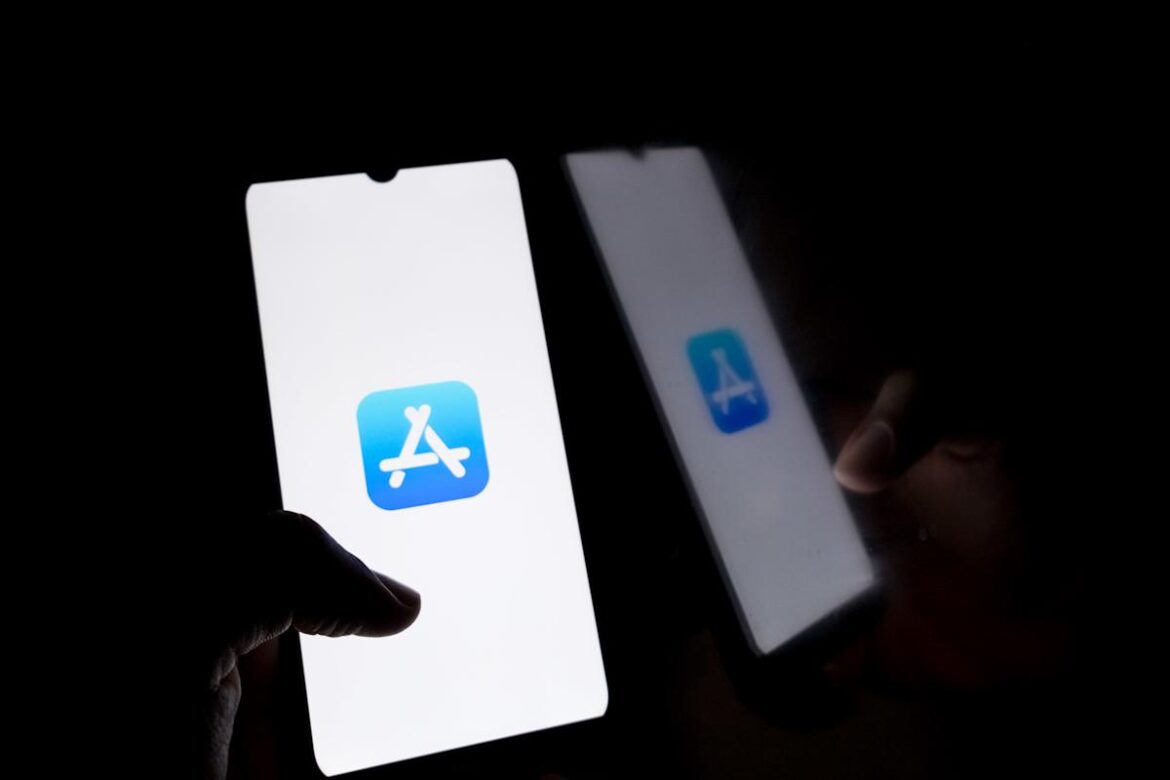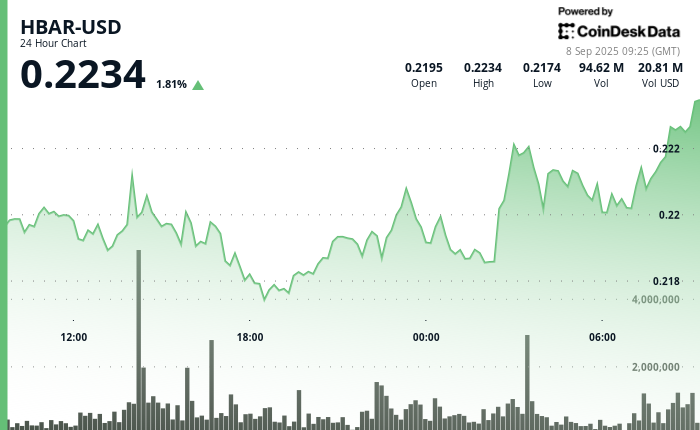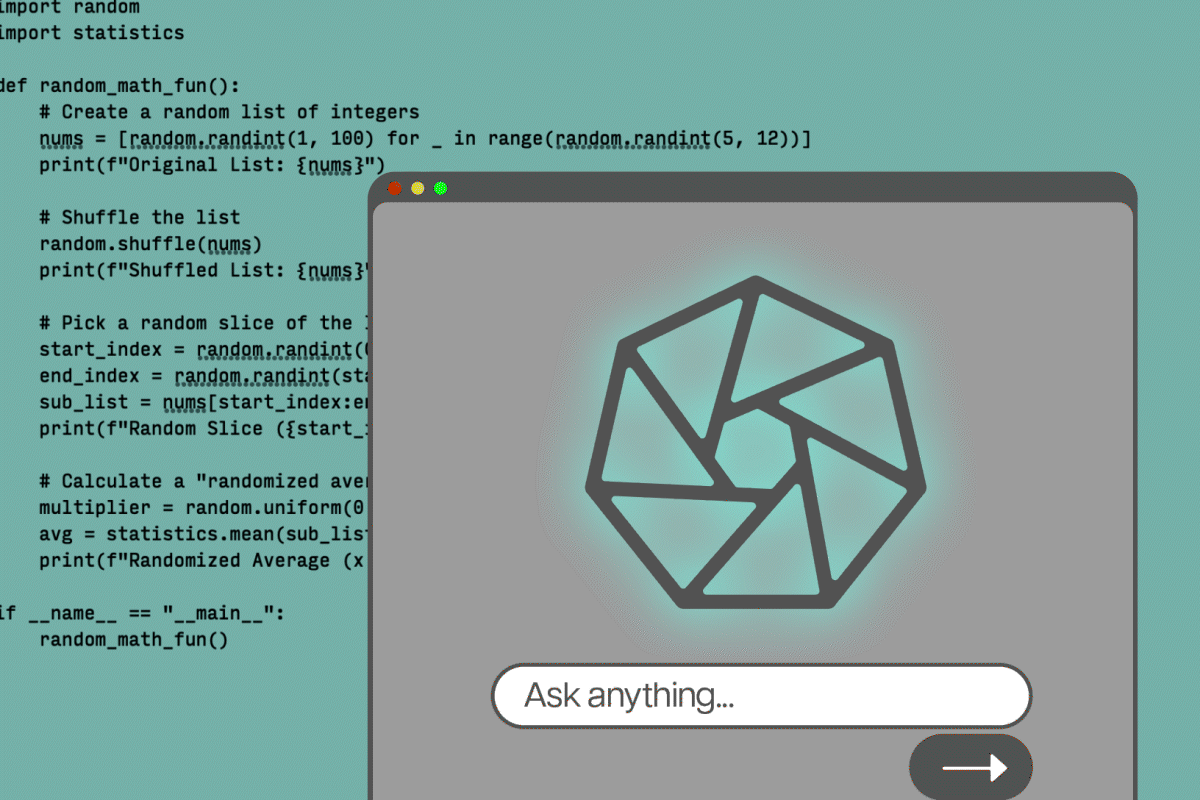Trusted Editorial content, reviewed by leading industry experts and seasoned editors. Ad Disclosure
A new Dogecoin ETF has reached a significant milestone on its path to launch. The fund, created by 21Shares, has appeared on a key U.S. financial platform that prepares for market trading. The Dogecoin ETF is still awaiting approval, and the final decision rests with U.S. regulators as they continue their review.
21Shares Dogecoin ETF TDOG Appears On DTCC Platform
Swiss asset management company 21Shares has placed its new Dogecoin ETF, trading under the ticker TDOG, on the Depository Trust & Clearing Corporation (DTCC) platform. By appearing on the DTCC’s “Active and Pre-Launch” list, the Dogecoin ETF is now visible to broker-dealers, who can begin operational checks, such as setting up the ticker and completing clearing procedures.
The listing mirrors what happened in the past with spot Bitcoin and Ethereum ETFs, where DTCC listings came before official trading. However, it is essential to note that this listing itself does not mean the SEC has approved the Dogecoin ETF. It is part of the standard process that sets the stage but does not guarantee the outcome.
Seeing TDOG appear on the DTCC website also highlights the rising level of institutional attention around Dogecoin. Grayscale filed a spot Dogecoin ETF shortly after the SEC delayed 21Shares’ filing. Meanwhile, Rex-Osprey launched a hybrid Dogecoin ETF last week, which saw higher-than-expected trading on its first day.
A listing like this helps confirm that investor demand is strong enough to support such a product; however, the actual launch still depends on the subsequent regulatory step. If approval comes and trading begins, TDOG ETF could increase confidence in Dogecoin as a legitimate asset and expand its role in the cryptocurrency market.
SEC Approval Remains The Final Step Before Trading
Although the Dogecoin ETF now appears on the DTCC platform, it cannot trade without approval from the SEC. The regulator is carefully reviewing the filing from 21Shares to ensure it meets all requirements. Even with the DTCC listing, the ETF’s legal status remains unchanged. The DTCC step is progressing, but trading will only commence once the SEC gives its official approval.
The process at the SEC usually involves public comment periods, agency feedback, and detailed compliance checks. It can take time, and approval timelines are often unpredictable. The SEC has already pushed back its decision once, noting it needed more time to review the fund’s compliance with Nasdaq’s rules.
If the SEC grants approval, the Dogecoin ETF would be listed on U.S. exchanges, providing investors with direct exposure to Dogecoin in a regulated product. The 21Shares Dogecoin ETF (TDOG) is now available on the DTCC platform. For now, the TDOG ETF is still under review. Its future depends entirely on the SEC’s decision, which is the final step before it can trade.
DOGE price starts climb above $0.24 | Source: DOGEUSDT on TradingView.com
Featured image from DALL.E, chart from TradingView.com
Editorial Process for bitcoinist is centered on delivering thoroughly researched, accurate, and unbiased content. We uphold strict sourcing standards, and each page undergoes diligent review by our team of top technology experts and seasoned editors. This process ensures the integrity, relevance, and value of our content for our readers.










